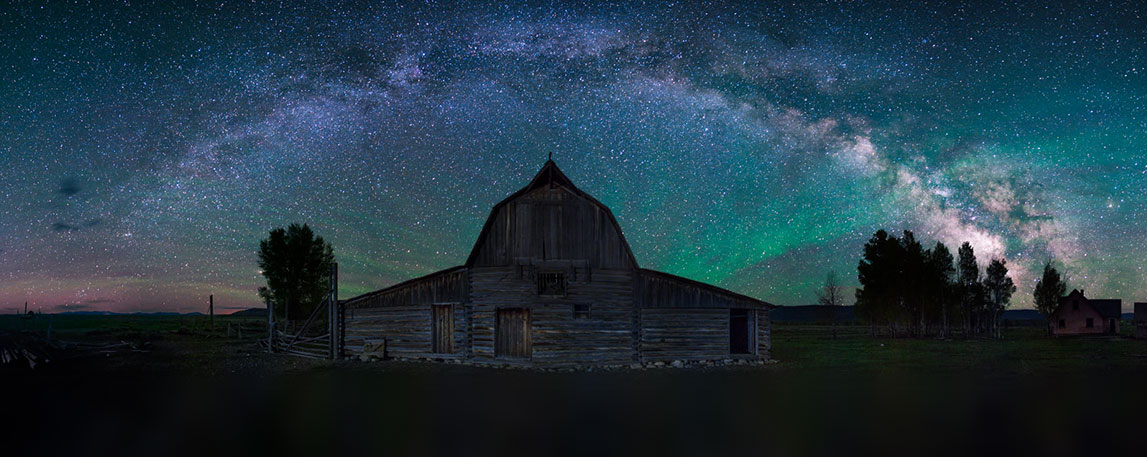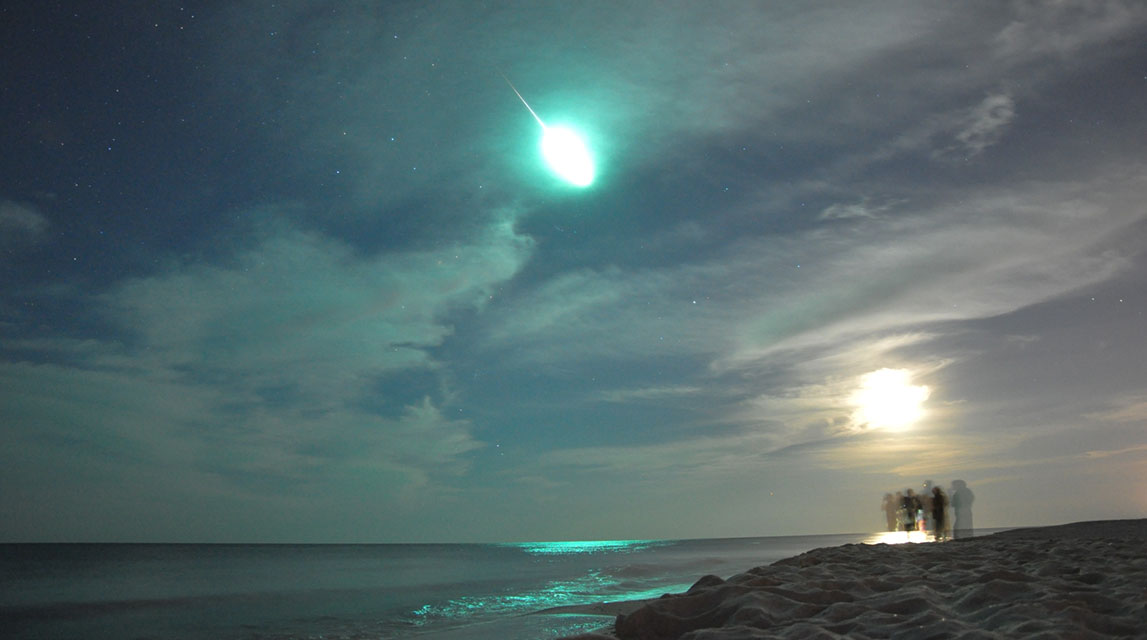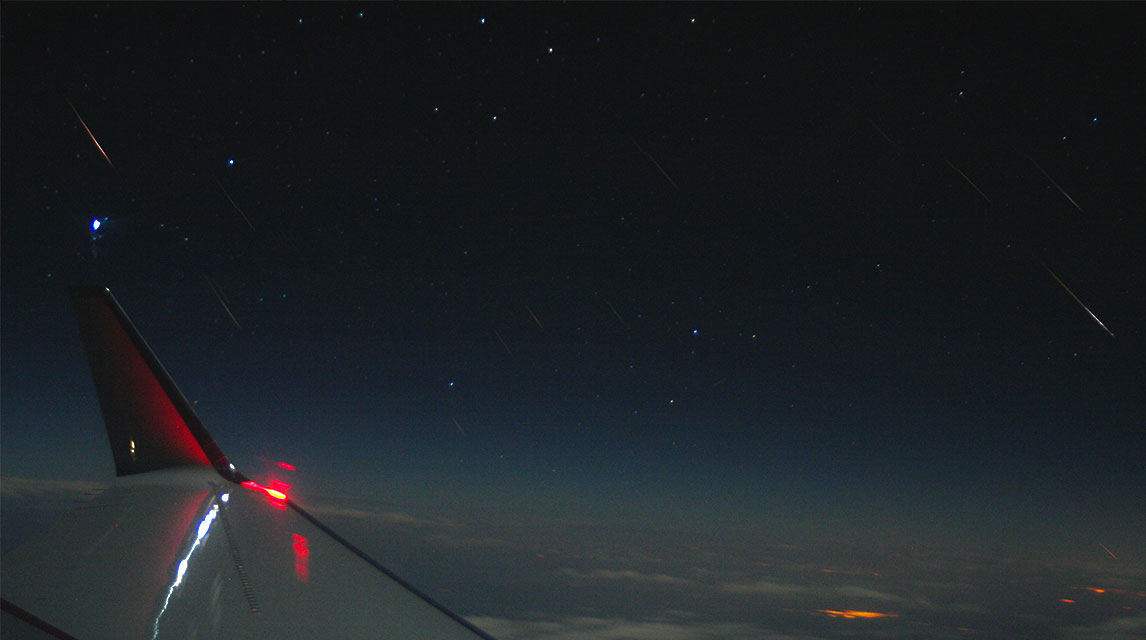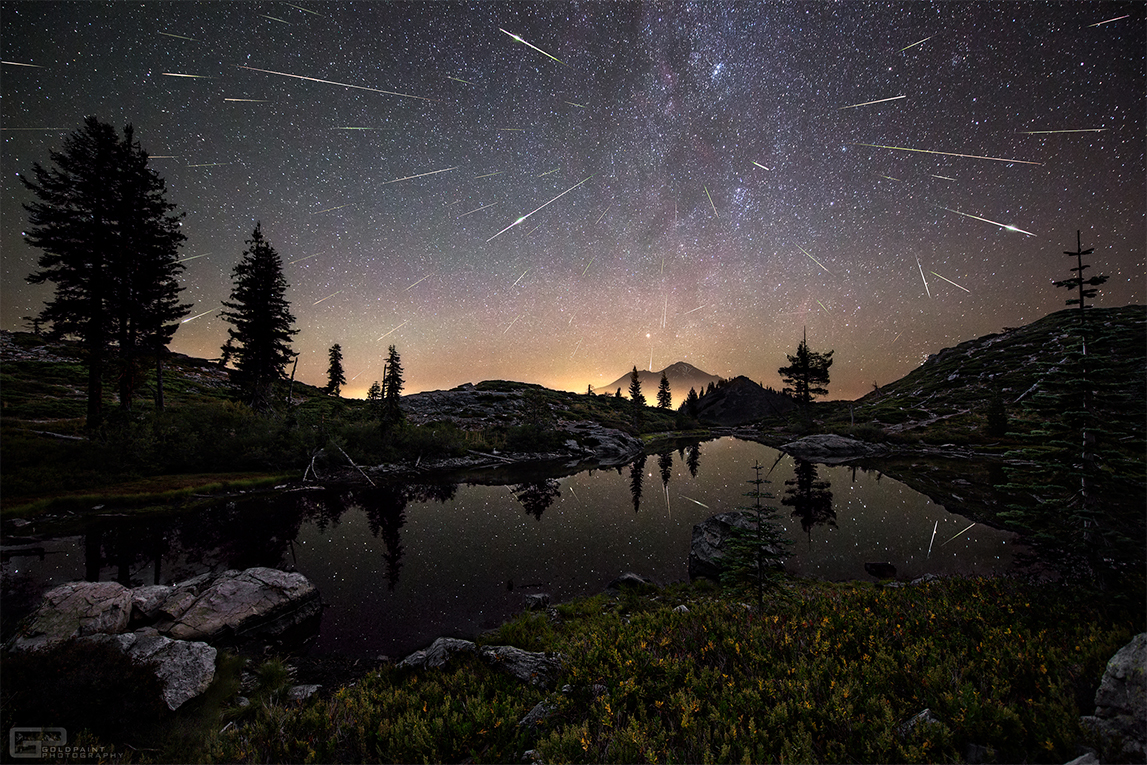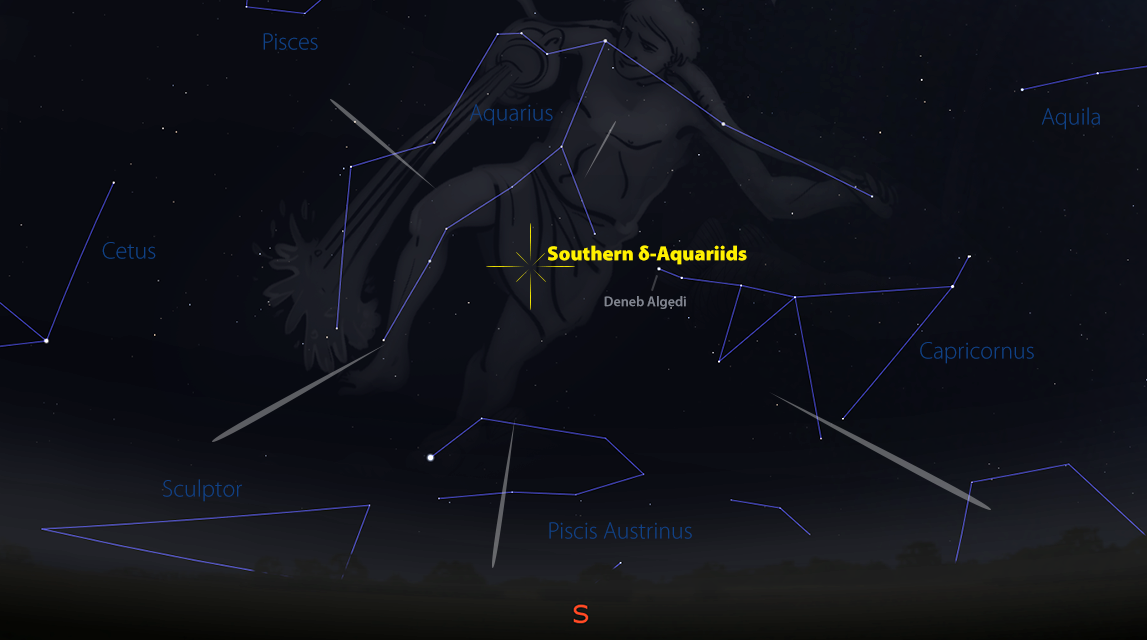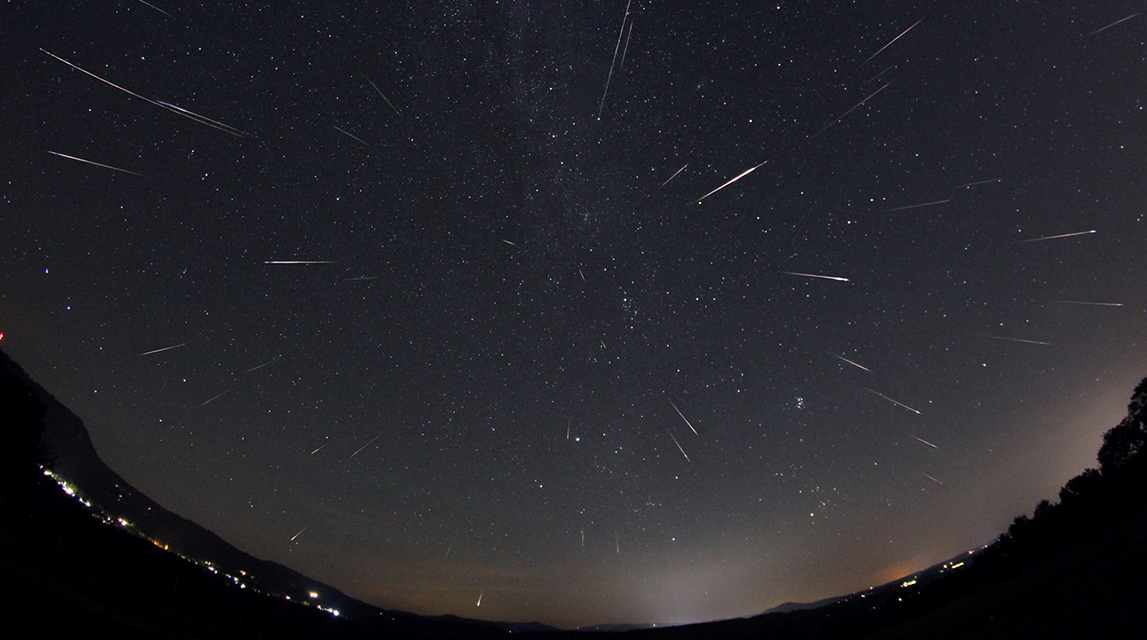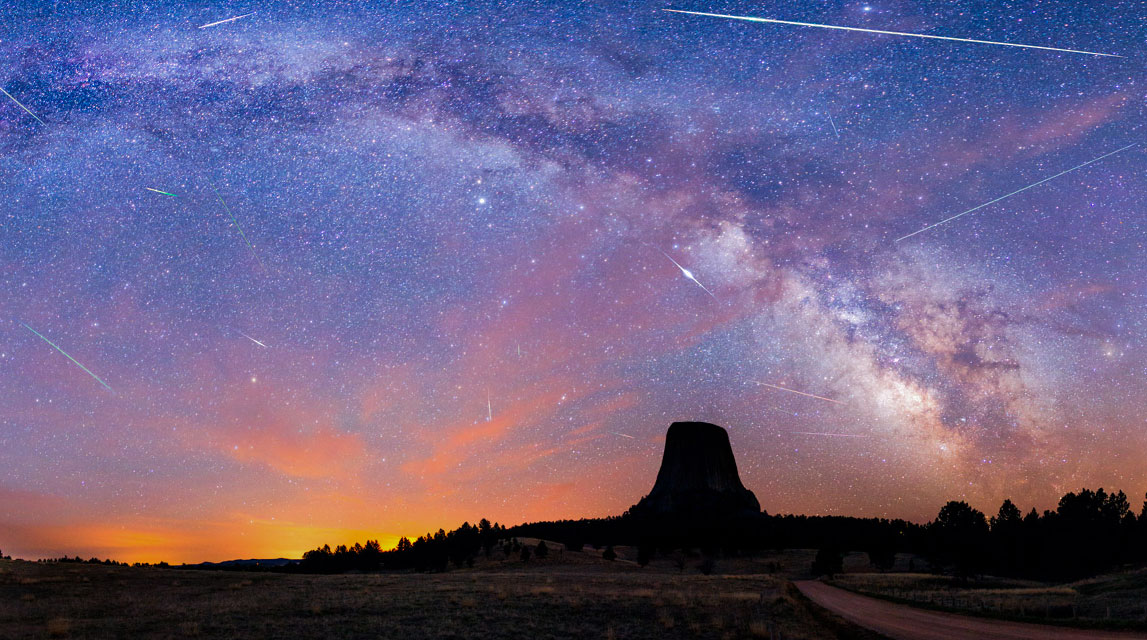
Bright Fireball over Lancaster County, PA
The AMS has received over 200 reports so far about of a fireball event seen above Maryland and Pennsylvania on September 17th, 2017 around 00:59am EDT (04:59 Universal Time). The fireball was seen primarily from Maryland and Pennsylvania but was also seen from New York, Virginia, Delaware, New Jersey, Ohio and Massachusetts.
 American Meteor Society
American Meteor Society
